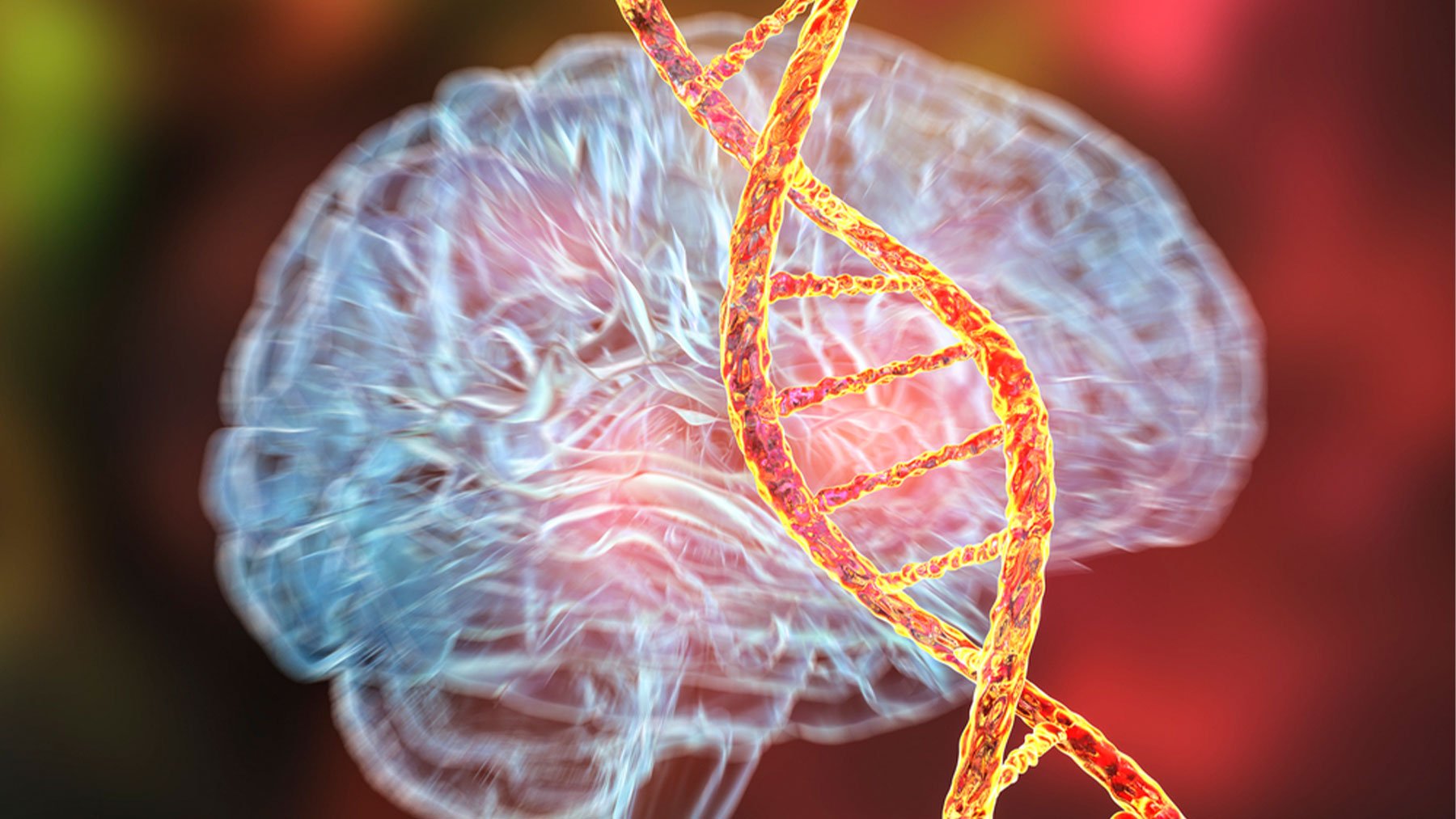A team of researchers from the University of Oxford, in the United Kingdom, has identified a key biochemical mechanism for development of Huntington’s disease or Huntington’s chorea.
This condition is characterized by a deterioration of neurons which can manifest itself with tremors or uncontrolled movements, can progress and cause difficulties walking, talking or swallowing. Symptoms can appear at any time, but it is common for them to occur in the 30s or 40s. Some of them suffer cognitive impairment. There are medications to control the symptoms, but the disease has no cure. It is a hereditary disease.
In a new studypublished in the scientific journal Nature Metabolism, these researchers have shown for the first time the biochemical change responsible for the development of the disease…and how to block that process to stop the progression of the disease.
The new analysis part of a change in the brain of patients with this diseasedescribed for the first time in the 80s of the last century, and the probability that it is behind its activation.
Problems have been identified in specific neurons in the brain, called iSPN neurons, the first affected by the disease. This triggers an imbalance in dopamine levels, by losing important signaling, derived from the activation of the TrkB neurotrophin receptor. This imbalance is related to the first symptoms, such as involuntary movements.
Before symptoms
The scientists began by looking at laboratory mice that lacked the normal function of these neurons due to alterations in TrkB, and saw that they had excessively high dopamine levelswhich caused hyperactivity. This change occurred before there were visible symptoms of the disease.
They also saw that a protein called GST02 plays an important role in regulating dopamine levelsto. By selectively reducing the activity of this protein, they were able to prevent alterations in dopamine and avoid the presentation of symptoms in the guinea pigs.
Lead researcher Liliana Minichiello, professor of cellular and molecular neuroscience in the department of pharmacology at the University of Oxford, said: ‘The big problem with Huntington’s disease is that By the time symptoms develop, much of the damage has already been done “And that is why it is essential that we understand the changes that occur before the disease develops if we want to discover effective therapies.”
This research is the first that has identified a specific chemical change, unique in the development of Huntington’s disease, which offers the possibility of developing new diagnostic tests to know the initial changes associated with it, before irreparable damage occurs.
«Understanding these initial changes provides fundamental knowledge about how the disease progresses.and this knowledge can help us develop preventive therapies that maintain the balance of dopamine levels and delay the progression of the disease,” he added.
Yaseen Malik, first author of the article published in Nature Metabolism, adds: “Despite our reasonable understanding of its pathophysiology (the physical processes that explain the disease) Huntington’s disease remains without a cure, which highlights the importance of obtaining diagnostic and therapeutic interventions prior to the presentation of symptomsand this study is a step in that direction.


